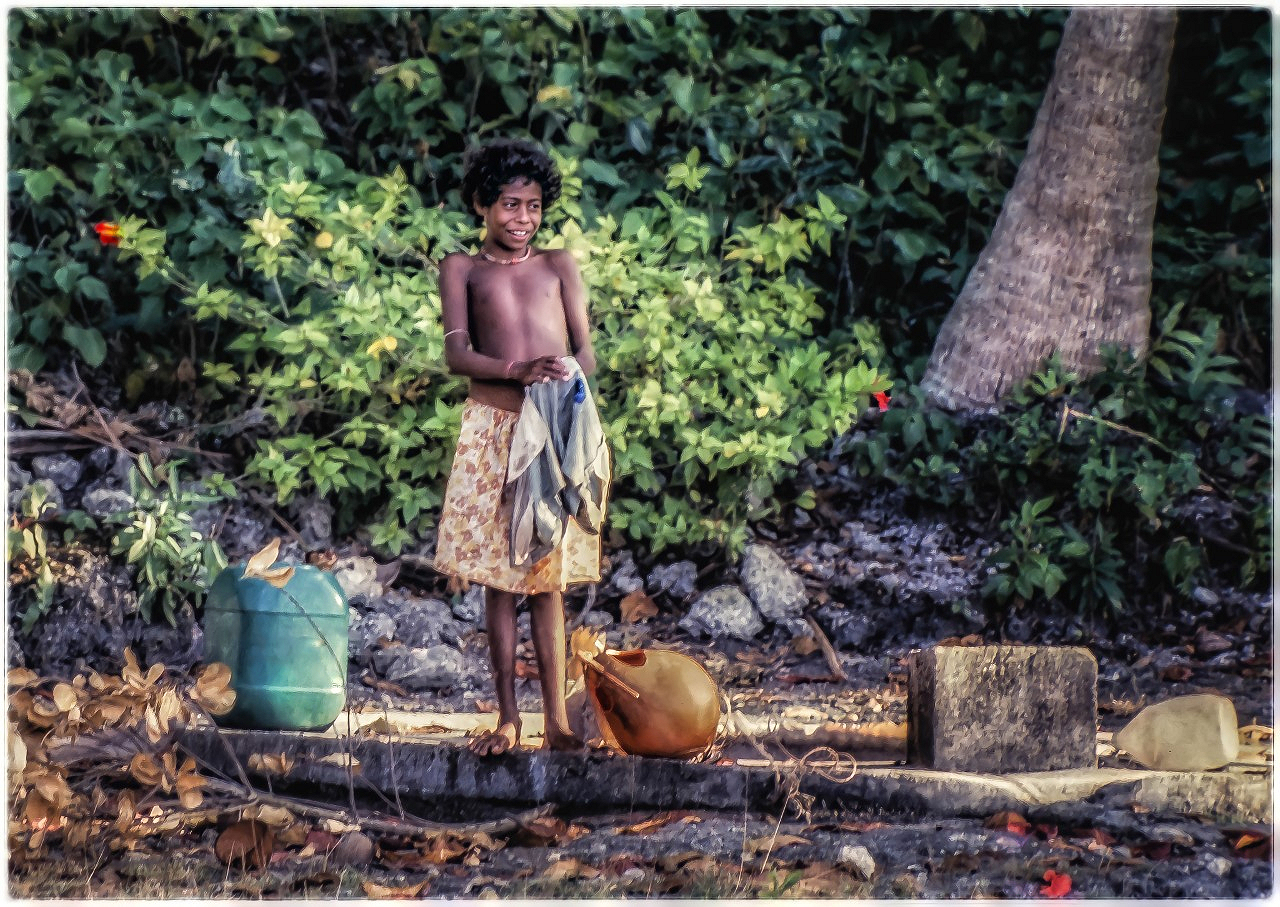I too ended up with a huge batch of slides for scanning after one day in the city, I ran into my ex wife (20+ years on) and she offered me the slides (and also a significant number of negatives and prints) taken by me all those years ago. I guess they were no longer relevant to her, and she lost interest in storing them. I looked into slide scanning technology but having previously tried scanning a far smaller number of slides and prints using a flatbed scanner which came with appropriate film holders and built in illumination designed for scanning negatives and transparencies, I quickly realized this would be far too slow. With this type of technology every scan can take minutes of scanning time at high resolution - and high resolution is essential for scanning negatives and transparencies (though not so much for prints due to their larger starting size). The slight advantage of this system was it also came with some reasonably functional software for scanning which allowed each photo, slide or transparency to be viewed in the scanning software and digitally tweaked before scanning actually takes place. Tweaks made in the software are then reflected in the output from the scanner.
I approached my local camera store which had a few old bellows outfits for cameras some of which had "slide copiers" (essentially the slide / negative holder with diffuser for backlighting) with the bellows. These were pretty cheap - under $100 AUD and that is what I decided to do. Accordingly, I bought an M42 Pentax bellows outfit with a "slide copier" attachment. Long story short, it worked pretty well. I set up the bellows outfit on a tripod facing a table on which I stood an LED light panel (a $20 purchase from a hardware store - nothing fancy was needed as long as it put out a neutral light of sufficient brightness and evenness, and light panels for photography tend to be a good deal more expensive). I attached a Pentax Super Takumar 55mm f1.8 lens (stopped down to f8) to the bellows (this bellows, being a Pentax one was designed and calibrated for this specific lens) and used a Sony NEX 5 to capture the images. It's a bit of a fiddle-faddle to set up and get the lighting / focusing etc. exactly correct, and this was made a little harder (by the fact that I used a cropped sensor camera) which introduced a risk of accidentally cropping out something I did not want cropped around the edges of the slides. But it's perfectly "do-able". If I had to do it again, one further refinement I might consider is to shoot "tethered" directly into my PC or at least a tablet so I have a far bigger and more high-resolution computer screen to preview each image as it is loaded and scanned. (Not sure how to do this yet so more research is needed). I think this would help at least getting the scanning hardware focused and slides properly lit. (Once focused though, no further focusing changes should be needed, but sometimes individual tweaks to specific images were needed in terms of exposure).
The process itself is very quick - I was probably scanning one slide every 10 seconds or less once everything was set up properly. (Drop a slide in, quickly eyeball it, press the shutter button, remove the slide, rinse and repeat). Once a session was completed the images were imported to Lightroom from the SD card and Lightroom was used for post processing. The biggest issue was that even with pre-cleaning of the slides there were still lots of dust and scratches on them and these problems needed yet more attention in post processing if I wanted to optimize the images (some I did not bother with as when viewed on screen they were simply not worth saving). This, I suppose, is one good argument for using modern digital scanner as some (maybe all of them these days) can automatically look for and digitally erase dust and scratches. But offset against this is that I would probably need to post process images coming from such a set up anyway and by using a lens of high quality (and the Takumar 55mm is nothing if not sharp, especially stopped down) and a 16megapixel sensor I had plenty of image data to play with. One further issue I noted (that everyone will experience no doubt) is that many slide shots are, when viewed on screen, noticeably soft compared with modern digital images - we had different standards of sharpness back then I think).
In summary - this "old school" based scanning approach works very well. It is much cheaper than buying a high-quality dedicated digital scanner (though cheap solutions are available online which may or may not work - I cannot comment).
The following example is from a scanned slide, imported into Lightroom. (This is a much smaller size for some reason - I cannot recall why but it shows adequately the quality that can be captured by this method assuming it was there originally.)
 South Pacific c1990 - By a village well.
South Pacific c1990 - By a village well. by
Life in Shadows, on Flickr






